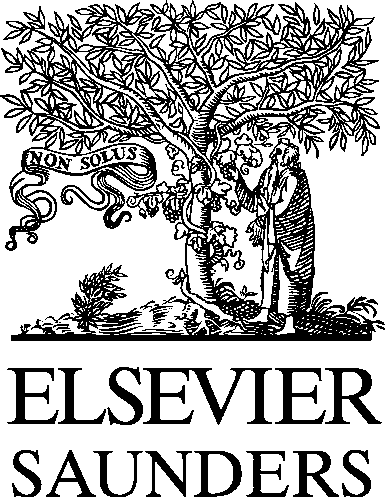hoosieroncologygroup.org
F l u o x e t i n e V e r s u s P l a c e b o i n A d v a n c e d C a n c e r O u t p a t i e n t s : A D o u b l e - B l i n d e d T r i a l o f t h e H o o s i e r O n c o l o g y G r o u p By Michael J. Fisch, Patrick J. Loehrer, Jean Kristeller, Steven Passik, Sin-Ho Jung, Jianzhao Shen, Matthew A. Arquette, Purpose: To determine whether fluoxetine improves modeling revealed that

 Vanderbilt University, T-1218 Medical Center North, Nashville, TN 37232 – 2659, USA
Frequently, the etiology of a pleural effusion is in
only minimally meet the exudative criteria (eg, the
question after the initial thoracentesis. In this article,
protein ratio is 0.52 or the LDH ratio is 0.63).
Vanderbilt University, T-1218 Medical Center North, Nashville, TN 37232 – 2659, USA
Frequently, the etiology of a pleural effusion is in
only minimally meet the exudative criteria (eg, the
question after the initial thoracentesis. In this article,
protein ratio is 0.52 or the LDH ratio is 0.63).